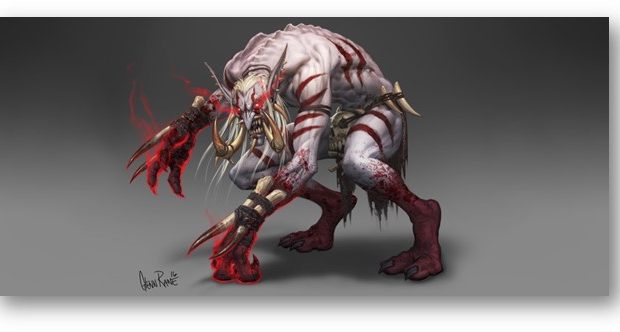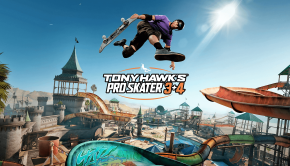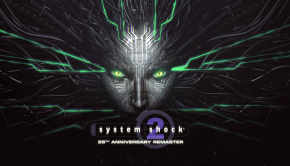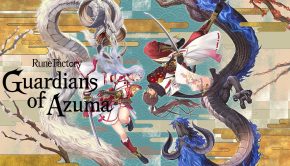Inside the Art of World of Warcraft
From influencing the look of their weapons and armour sets, to determining the nature of their Druid animal forms, a lot goes into shaping how the distinct peoples of Azeroth look when they end up in-game. Ian Lang and Kenny McBride from the World of Warcraft art team recently hosted a live-stream deep-dive into the creative process for designing the newest Allied Races: the Zandalari trolls and Kul Tiran humans, offering a peek into how World of Warcraft’s unique visual language is brought to life.
You can watch the full VOD here, check out the summary below, and download some of the visuals they shared on the stream. These art pieces include concepts that served as inspiration for what ultimately ended up in the game, explorations into colours and textures that helped inform the development process, and more.
- Introduction:
- 3D Artist Kenny McBride focuses on player characters as well as mounts, creatures, bosses and weapons
- Senior 3D Animator Ian Lang works closely with the character artists on elements like movement, attacks, emotes, mounts and bosses
- The Kul Tiran and Zandalari Allied Races will be available 13 March AEDT/NZDT
- When creating new Allied Races like Kul Tiran and Zandalari, the lore behind them serves as the foundation:
- As the art team begins the process, they discuss how to make a race unique and have their own identity
- Team members inspire each other, and they build on one another from concept art to character design to environments
- The regal and confident Zandalari needed to feel different from other trolls, who are more grounded and tribal. Similar distinctions needed to be made for the Kul Tirans in comparison to other humans
- The language of shape is important; animators take the models and continue developing their identity based on those shapes:
- Kul Tiran weapons have a militant look; their axe gun was based off a real-world weapon
- Zandalari armour and weaponry have a regal look—ornate and steeped in ritualistic meaning
- Art pieces inform other art pieces; building art inspires the look of armour and weapons, and so on
- Developing Druid Forms:
- Dinosaurs were used to inform the Zandalari forms—but after concepting those, the team decided they needed to do new forms for both new Allied Races
- The Kul Tirans live in the realm of the Drust, which has a dark druid feel. Eventually the Kul Tirans learned druidic magic, which shares the motifs of the Drust—wicker, wood, tangled wood, and treelike shapes
- The language of colour also informs many aspects of design—for example, each race features distinct shades of blues and golds:
- Kul Tirans have a more worn gold, while the Zandalari feature a brighter gold
- Kul Tirans are more seaworn and gritty, while Zandalari are more natural and regal
- The size of the characters are also shaped by their environment:
- The Zandalari, as an example, were slightly smaller when first designed—but with the city being so large, they decided they needed to be bigger as well. This also helped them make a bigger impact on those around them, and created a grand silhouette
- Emotes give the artists a chance to bring characters to life. Aspects of their culture are brought into the animation, and the environment becomes part of it all
- Combat animations are more about visual clarity, but basic animations like walking involves giving the Allied Race distinctive details
- Ambient NPC animations matter too. When you come to their city, it should feel like the culture has existed before you







